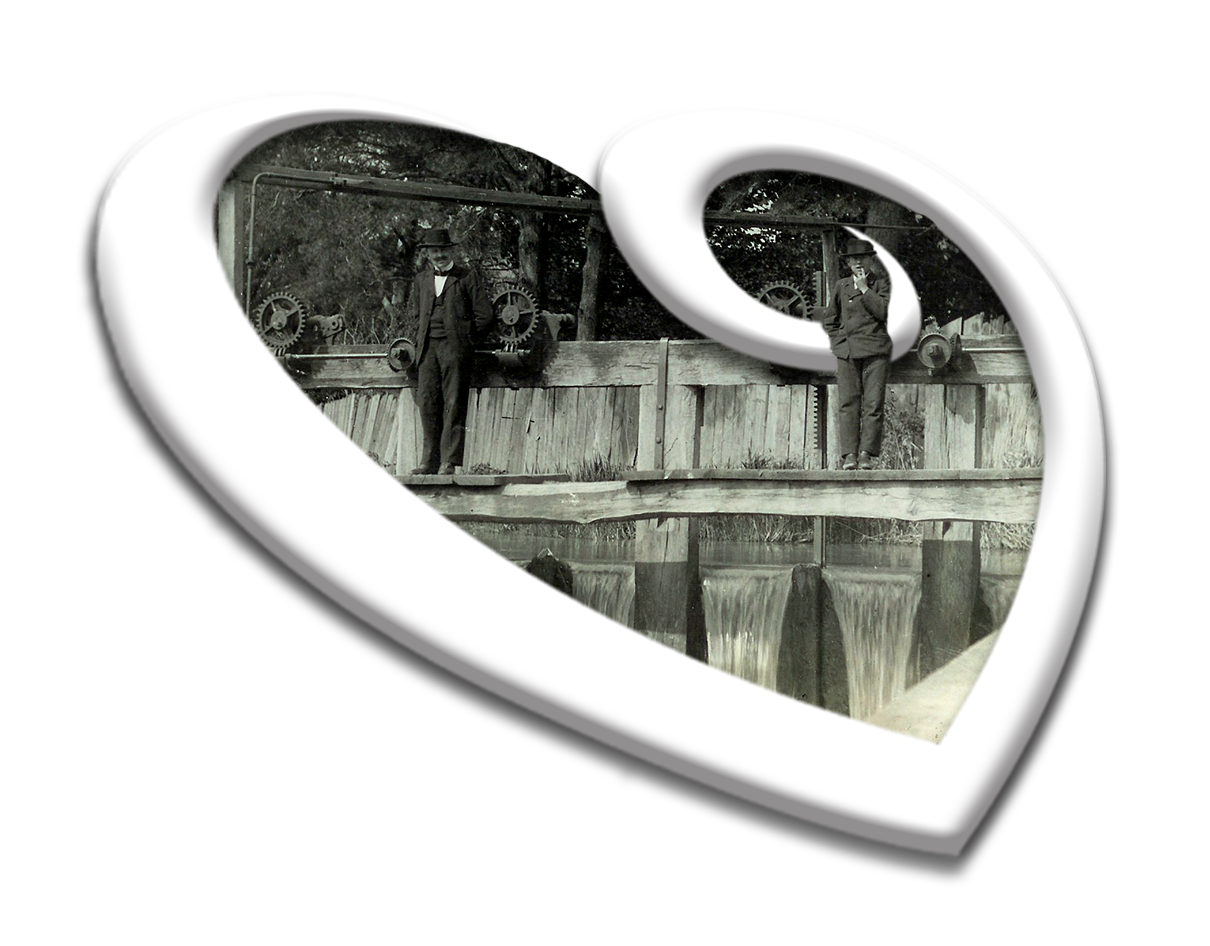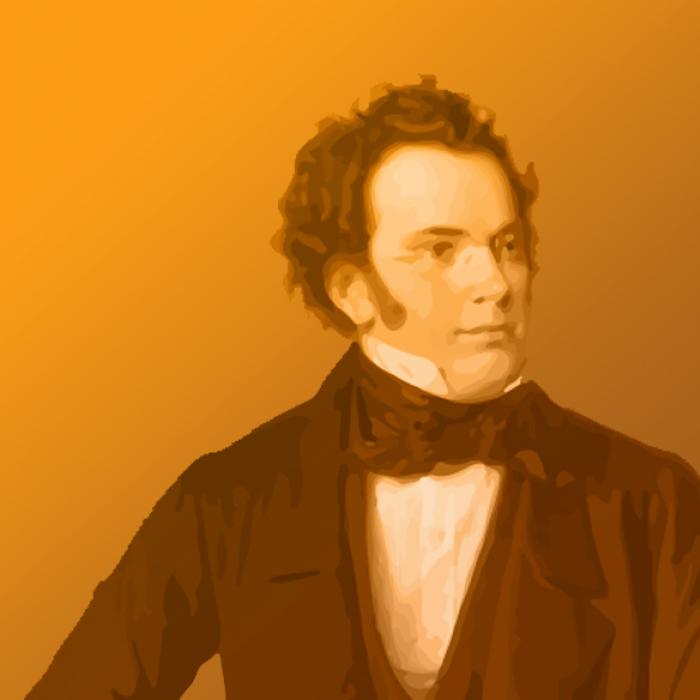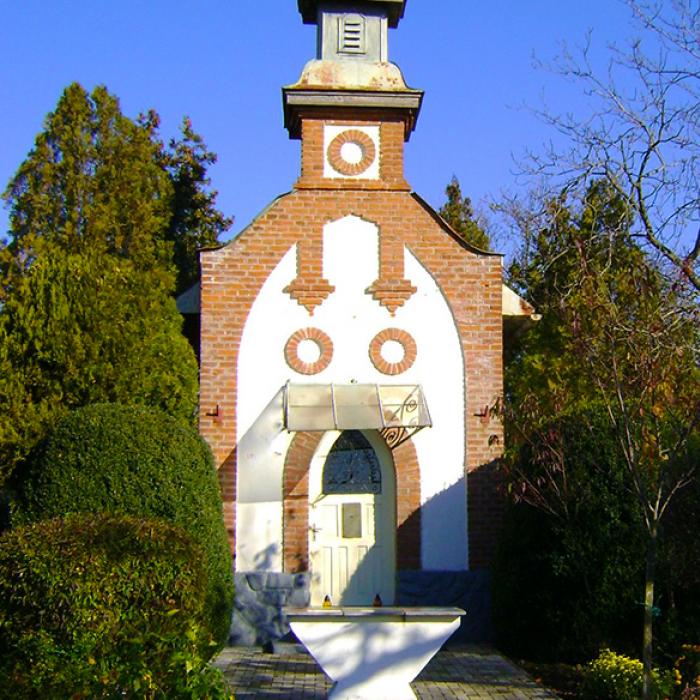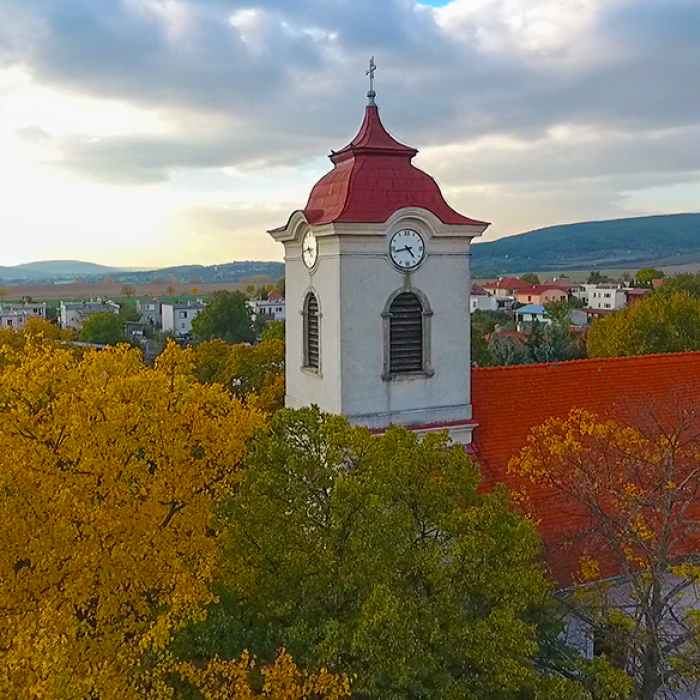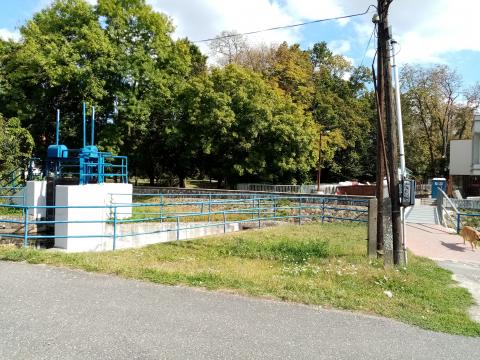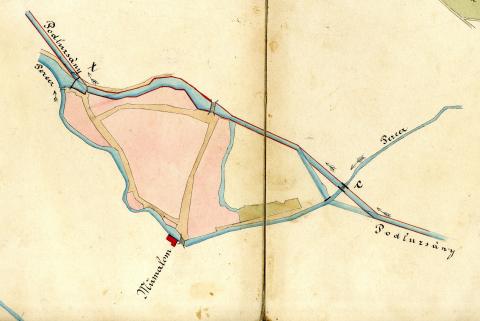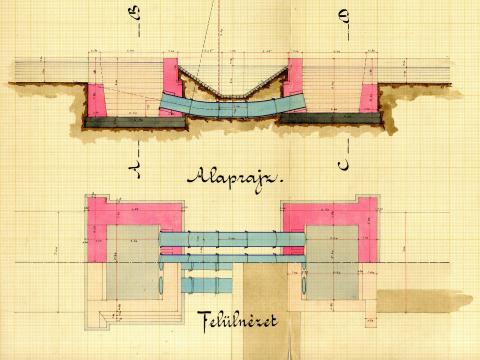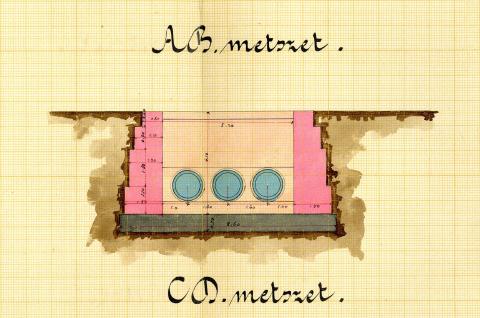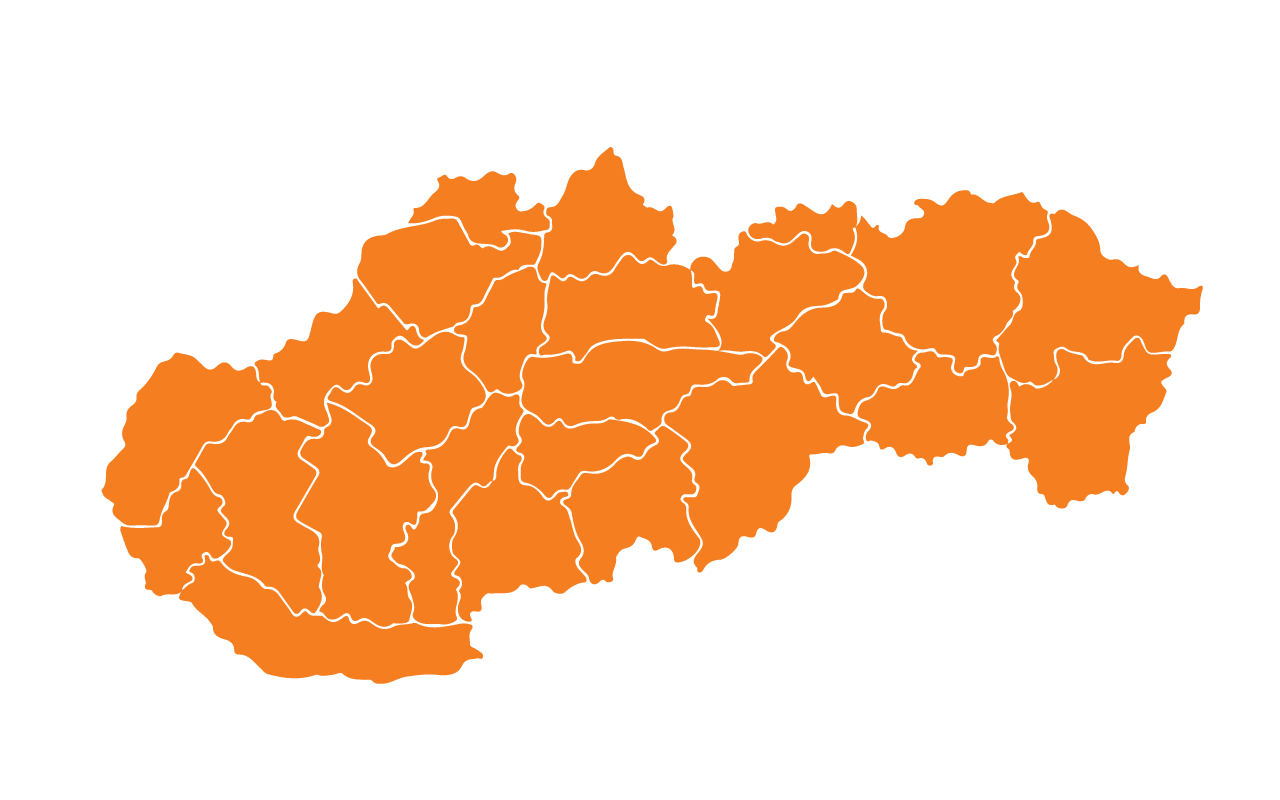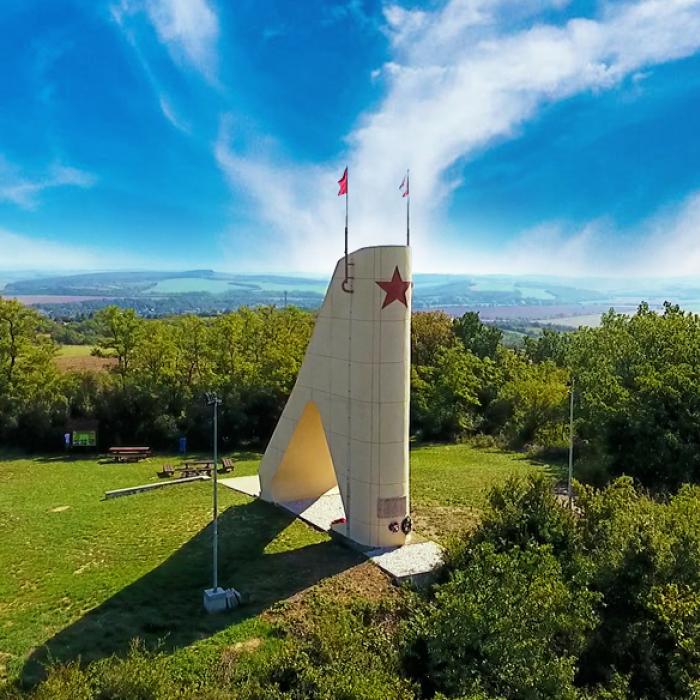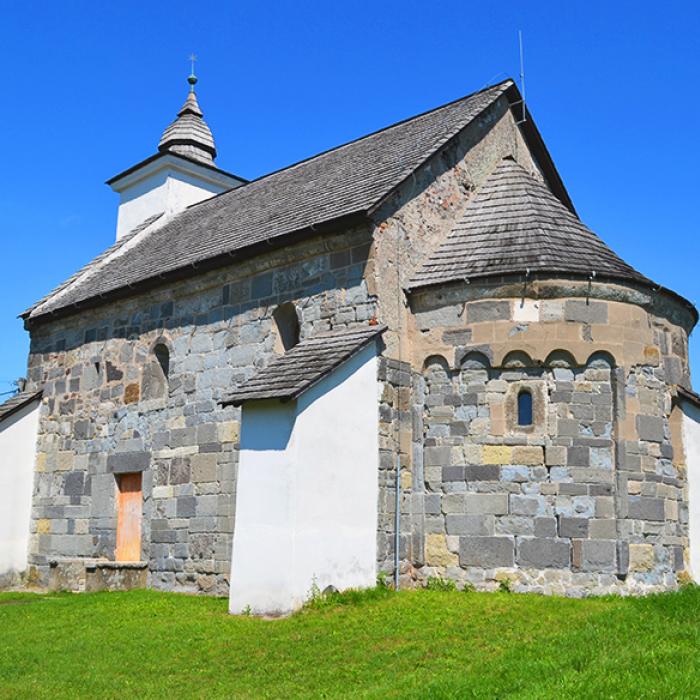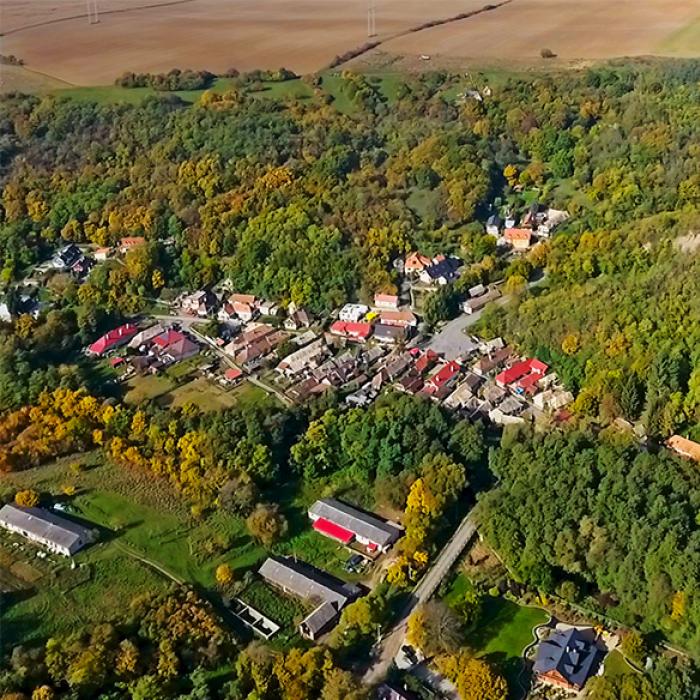The Perec and the Podlužianka, the two life-giving streams crossing Levice, have always been used to irrigate the surrounding fields and a source of energy for the local mills. Later, the waters of the Perec were used to irrigate the rice fields of the farmstead of Géňa as well as to fill up the ponds outside Levice. The normally calm waters used to turn into a dangerous element flooding and damaging the property of the people in town as well as the surrounding areas. There were attempts to protect their houses and fields from the water, but they were limited by insufficient technological, material and financial means.
The most important changes took place in the 19th century. In 1870, the local nobility initiated some regulation works. These changed the system of meanders into a regulated watercourse with a steady flow, mainly between the Schoeller and the Goose Mills. The townhall began to work on the complex regulation in 1880, commissioning Jenő Kvassay, the head of the state office for water works and water management, to prepare a detailed project documentation. Despite the initial negotiations, the project was never realised.
In 1895, Sándor Lovas made a new project in the spirit of the old one and just like his predecessor, he also decided to separate the two streams where they crossed, near Levice Castle. The solution was a non-traditional and challenging construction of a so-called inverted siphon, which would lead the waters of the Perec under the Podlužianka’s riverbed. The building of the inverted siphon and the entire regulation of the Podlužianka was only accomplished by the community of interest called ‘Water Association for the Regulation of the Podlužianka and Sikenica Rivers’, founded in Levice in 1905. During the regulation works in the years 1910 – 1913, the banks of the rivers were reinforced, bridges were built and another inverted siphon was built in the municipality of Hontianska Vrbica.
The inverted siphon in Levice was built in 1911 and consisted of three cast iron pipes with the diameter of 1 metre, leading the waters of the Perec. The pipes opened into two water tanks built of brick and concrete. The upper tank was also used to trap mud. The bottom of the bent pipe was 60 cm lower than the mouth and the inverted siphon could convey up to 4 m3 of water per second. To provide uninterrupted work, the Perec was temporarily diverted across the Levatich family’s land and through the castle garden. When the works were finished, the stream was returned into the original riverbed. The construction was supervised by the construction manager Adam Becker.
The complete reconstruction of the inverted siphon in 1966 was related to the construction of the inlet of the waterworks in Veľké Kozmálovce. The original three pipelines were replaced with a semi-circular reinforced concrete pipe with the diameter of 2.6 m. Currently, the inverted siphon can convey water at the rate of 3,2 m3 /sec (2,7 m3 /sec during summer months). There are two floodgates to manipulate and divert the waters of the Perec Canal into the Podlužianka.
Today’s manager of the inverted siphon, Water Management of the Lower Reaches of the Hron and the Ipeľ Levice, is planning to connect the Perec Canal with the river Podlužianka, which would raise the water level in the river and increase the minimal stream flow during summer months. This would prevent overgrowth in the riverbed and increase its biodiversity.
The inverted siphon is still a small technical miracle, inducing wonder and the admiration of our predecessors’ inventiveness.
PhDr. Ladislav Vincze OESSH


